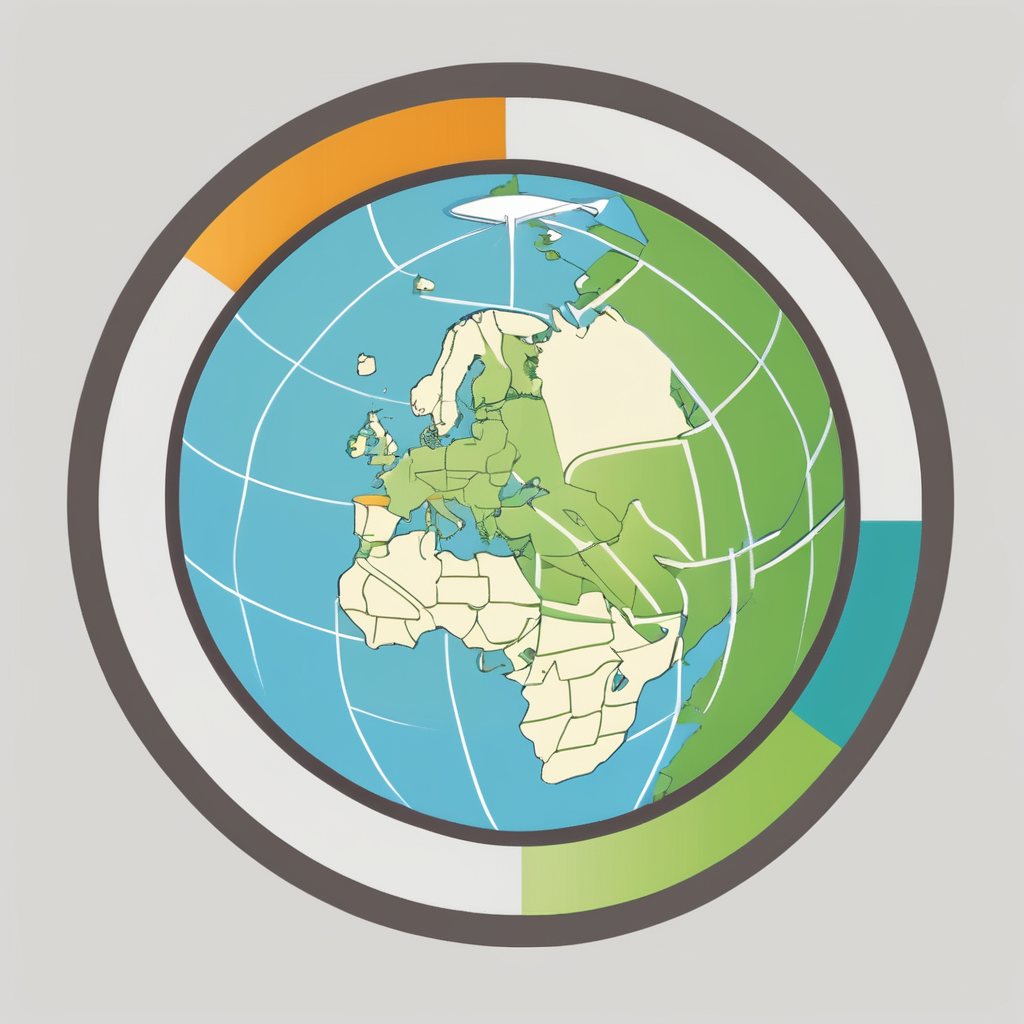Rise of Uncommon Pet Ownership in the UK
Recent UK uncommon pet statistics reveal a notable upward trend in exotic pet ownership. Over the past decade, the number of households adopting unusual species has steadily increased, outpacing traditional pet ownership growth. This shift highlights changing preferences, with more consumers seeking pets beyond cats and dogs.
Key species experiencing growth include reptiles like bearded dragons and ball pythons, as well as small mammals such as sugar gliders. Exotic birds and amphibians have also seen rising interest. This contrasts with the relatively stable or slowly increasing numbers of classic pets. The appeal of uncommon pets often lies in their unique characteristics and lower allergenic potential.
Have you seen this : How Can You Ensure Your Pet Stays Healthy in the UK?
Comparing with overall pet ownership in the UK, uncommon pets still represent a smaller proportion but are increasingly mainstream. Urban living and lifestyle constraints prompt many to explore pets that fit specific space and care requirements. This trend mirrors a broader diversification in animal companionship, emphasizing variety and novelty.
Awareness of this evolution in pet preferences helps understand emerging demands in the UK pet market and informs potential owners about the responsibilities linked to exotic pet care.
Additional reading : How Do UK Pet Owners Navigate Animal Welfare Regulations?
Rise of Uncommon Pet Ownership in the UK
Recent UK uncommon pet statistics reveal a significant surge in exotic pet ownership trends. Over the past decade, the number of households keeping reptiles, amphibians, and small mammals has grown markedly, challenging traditional pet ownership in the UK. While cats and dogs still dominate, figures show that exotic species such as tarantulas, snakes, and hedgehogs now occupy a notable niche.
This rise is reflected across various categories, with reptiles increasing by nearly 25% and small exotic mammals experiencing a similar boom. These exotic pet ownership trends also coincide with an increased interest in lower-maintenance animals, aligning well with urban lifestyles that limit space and time for pets.
In percentage terms, though traditional pets remain the majority, the growth rate for uncommon pets outpaces that of dogs and cats. This shift illustrates evolving attitudes toward pet ownership in the UK, where diversity in species preference is becoming more apparent. These statistics highlight not only the changing landscape but also the necessity for greater awareness about care and legal considerations associated with owning these unique companions.
Motivating Factors Behind Choosing Uncommon Pets
Discovering why uncommon pets are gaining traction in the UK
Lifestyle changes in the UK have played a significant role in elevating the reasons for exotic pet popularity. Urban dwellers often face space limitations, prompting a shift towards pets that thrive in smaller environments or require less daily interaction. This lifestyle evolution aligns closely with rising pet allergies, as many seek hypoallergenic or less allergenic alternatives to traditional pets like cats and dogs.
Social influences, including media exposure and online communities, have amplified interest in exotic pets. These platforms showcase unique species, fueling curiosity and shaping pet trends that prioritize novelty and individuality. Consequently, more people are exploring uncommon species that align with their evolving preferences and household conditions.
UK regulations also factor into these choices. Awareness of legal stipulations regarding exotic pet care ensures responsible ownership, influencing selection decisions. Together, these elements—lifestyle adaptation, allergy considerations, social impact, and regulatory awareness—form a cohesive explanation for the growing appetite for uncommon pets in the UK. This dynamic interplay highlights how reasons for exotic pet popularity are not isolated but interconnected, reflecting broader societal shifts.
Rise of Uncommon Pet Ownership in the UK
Recent UK uncommon pet statistics underscore a robust increase in exotic pet ownership trends. Over the last decade, households embracing uncommon pets have risen sharply, reflecting not only a growth in sheer numbers but also a diversification of species beyond traditional cats and dogs. Among the fastest-growing categories are reptiles such as bearded dragons and ball pythons, whose popularity has surged by over 25%. Small mammals like sugar gliders and hedgehogs also contribute significantly to this upward curve.
When contrasting these exotic pet ownership trends with overall pet ownership in the UK, it becomes clear that while traditional pets remain more prevalent, the growth rate for uncommon species exceeds that of dogs and cats. This shift reveals changing consumer desires for pets better suited to modern lifestyles, offering alternatives that meet space, care requirements, and individual interests. Consequently, the pet market now increasingly accommodates exotic varieties, reflecting evolving preferences and encouraging prospective owners to consider these less conventional companions more seriously.
Rise of Uncommon Pet Ownership in the UK
The latest UK uncommon pet statistics indicate a marked increase in households adopting unusual animals, a trend reshaping the landscape of pet ownership in the UK. This growth predominantly features reptiles—bearded dragons and ball pythons—as well as small exotic mammals like sugar gliders and hedgehogs. Such species have seen increases exceeding 20%, signaling strong exotic pet ownership trends.
Compared to traditional pets like cats and dogs, uncommon pets are growing at a faster pace, although the absolute number of classic pets remains larger. This divergence suggests evolving consumer priorities, with many seeking companions that better fit urban environments and particular lifestyle needs.
The rise in these exotic pet ownership trends underscores a broader diversification within UK pet ownership. Urbanization, changing family structures, and a desire for novelty contribute to the expanding popularity of non-traditional species. These factors collectively influence not only what pets people choose but also how the market adapts to accommodate diverse preferences.
Rise of Uncommon Pet Ownership in the UK
Recent UK uncommon pet statistics highlight a pronounced surge in the adoption of exotic pets. Over the last decade, exotic pet ownership trends show a clear increase in species such as reptiles—including bearded dragons and snakes—and small mammals like sugar gliders and hedgehogs. These species have seen growth rates exceeding 20%, illustrating shifting pet ownership in the UK beyond the traditional cats and dogs.
This growth is not only about numbers but also reflects evolving consumer preferences towards pets more compatible with urban living and specific lifestyle needs. For example, reptiles and small exotic mammals typically require less space and often less daily interaction than traditional pets, fitting better into compact homes.
When comparing these trends with overall pet ownership in the UK, traditional pets still dominate in sheer volume, but their growth rate lags behind that of uncommon species. This suggests a diversification of the pet market, with exotic animals becoming a significant, rising segment that appeals to people seeking novelty, variety, and pets tailored to their living environments.
Rise of Uncommon Pet Ownership in the UK
Recent UK uncommon pet statistics highlight a substantial shift in pet ownership in the UK, with uncommon pets gaining remarkable popularity. Over the past ten years, the adoption of exotic species has increased significantly, outpacing the growth of traditional pets such as cats and dogs. For example, reptiles—including bearded dragons and ball pythons—have experienced growth exceeding 25%, while small mammals like sugar gliders and hedgehogs show similar upward trends.
These exotic pet ownership trends reflect a changing landscape where consumers actively seek pets that align with modern lifestyle constraints, such as limited space and time. Unlike traditional pets, many exotic species require different care routines, offering alternatives for urban dwellers or allergy-sensitive owners. This diversification is notable because, although traditional pets still constitute the majority, the rate of increase for uncommon species is outstripping that of classic pets.
Comparing UK uncommon pet statistics with broader pet ownership in the UK reveals that increased interest in exotic pets is reshaping the pet market, encouraging retailers and service providers to accommodate diverse care needs and species preferences more than ever before. This trend underscores not only evolving tastes but practical adaptations in pet choice.
Rise of Uncommon Pet Ownership in the UK
Recent UK uncommon pet statistics confirm a significant rise in the adoption of less traditional animals. Data reveal that reptiles such as bearded dragons and ball pythons have surged by over 20%, while small mammals like sugar gliders and hedgehogs have similarly increased. This reflects broader exotic pet ownership trends where species outside cats and dogs gain traction.
When assessing pet ownership in the UK overall, traditional pets still outnumber uncommon ones. However, the growth rates for exotic pets outpace those of cats and dogs, signaling shifting preferences. These trends may be attributed to urban lifestyles pushing demand for pets requiring less space or interaction, appealing to owners seeking alternative companionship.
Specifically, reptiles and small mammals thrive in compact environments, attractive for city dwellers. This selective rise highlights a diversification in pet demographics, showing that interest in unique species is no longer niche but enters the mainstream. The comparison underscores how UK uncommon pet statistics illuminate changing dynamics within the domestic animal landscape, revealing evolving tastes and market adaptations.






